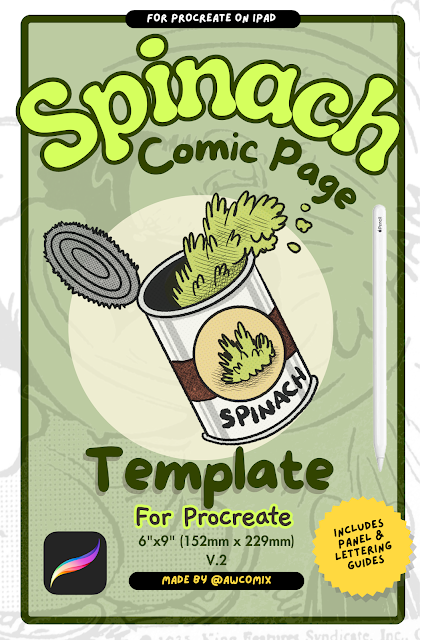Tangency
The problem of contrast and tone.
One of the major concerns when drawing comics or images is that of tone and contrast. This is especially true of B&W drawings but to a lesser degree with colour. It is often referred to as ‘tangency’. When you do not have tangency, the lines that you have drawn blend into one another an become hard to decipher. The image is basically flat and hard to read.
A/ This image doesn’t give us enough information; there is no contrast or line variation.
B/ This is a little better, with some added line width, but still flat
C/ This example is much better, there is line width, hatching and cross hatching, and areas of black. This helps us discern where the objects are sitting.
D/ This example uses screen dots to create a grey tone that gives us contrast. Notice how I’ve placed the black differently in this picture. The picture is a little flatter than ‘C’ but still works. This method could be used for stylistic purposes.
E/ In this example I have gone too far with the grey tones and washed the image out. To me this looks as if it should be in colour. Whilst as an individual picture it might look good, as a comic panel it is hard to read quickly
F/ Once again a different choice of grey areas and black areas still gives us contrast but in a different style. This panel reads much quicker and easier than ‘E’.







Very nice overview. I've been struggling with this very same problem as my comics make the transition from color to black-and-white.
ReplyDeleteIt's much easier in colour. The hard thing with tangency with B&W is that crosshatching is the best way to achieve it, but it is not only hard to do well but hard to do without looking like other crosshatching artists. Some artists use dot tones and other like Seth use a single colour to help. Grey can work if it used sparingly.
ReplyDeleteHow you solve that tangency problem is almost 80% of an artists style IMO.
This is great Anthony. I've gone through stages of A, then spent some time in C (though used patterns instead of cross hatching) and I believe my work of late has wound up in E. I always go too far. It is nice to have someone demonstrate this Tangency with such simple clarity. ^^)
ReplyDeleteI think I fit into C the most. Also I don't think there is anything wrong with E as a single image but a whole books worth can be hard to plough through
ReplyDeleteThanks - this was a nice concise, useful post. Re: a comment above: I think another issue with cross-hatching is that it can denote texture as well as tone, so I try to make sure I haven't accidentally made something smooth look rough when I just wanted it to look darker.
ReplyDeleteNice post -- thanks. I generally fall somewhere between B and C, but C represents the kind of work I'm most drawn to, and what I aspire to in my own work.
ReplyDelete